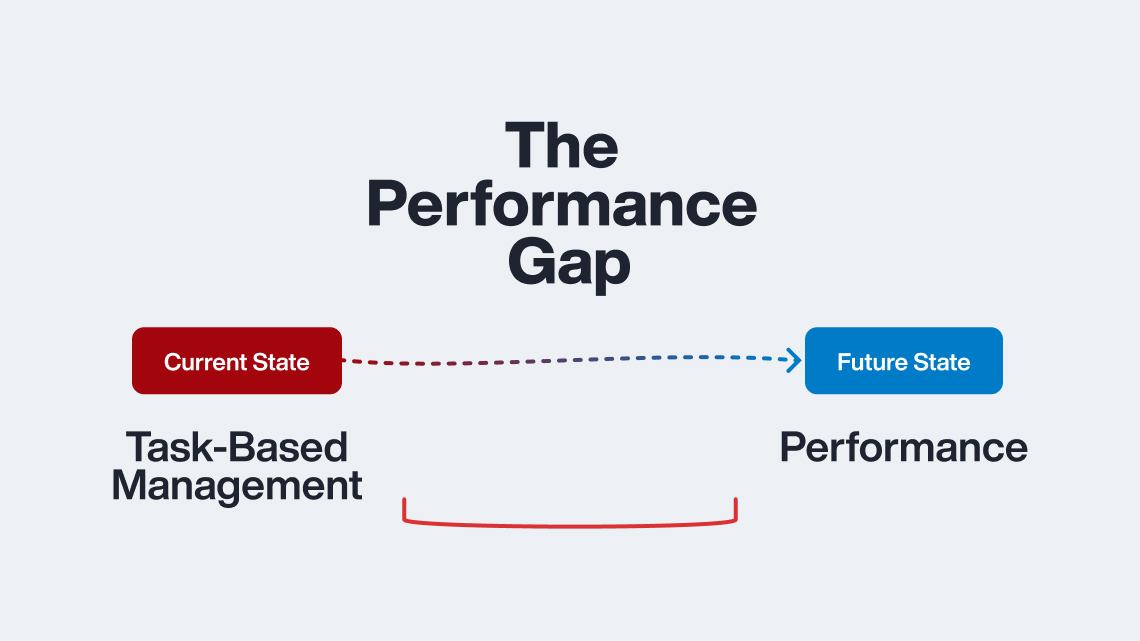Published on April 23rd, 2014
By Alexis Hammond
Real estate investors scour the market looking for properties with rock-bottom pricing and potential for sky-high returns on investment. Older, distressed buildings have discounted price tags, but converting an aging building into a modern domicile with all the bells and whistles to attract new residents is expensive.
Wouldn’t it be nice if there was a niche property market that offered excellent prices and robust return on investment?
One type of property that deserves a closer look is older buildings with historical significance. The National Register of Historic Places lists more than 85,000 places in the United States as “National Treasures”. Not all of these designees are buildings; there are cemeteries, battlefields, and churches.
Interested in exploring historic property as an investment? Wondering if property you own is eligible for consideration? Whether you already own an aging property or you’re considering investing in distressed property, here is some information to find out if developing a landmark property is right for you.
Evaluating Property
Most property in the national registry is at least fifty years old, but age isn’t the only qualification. Architectural elements, cultural value, and association with an event such as the birthplace of a famous author or national leader also qualifies some property for recognition.
Delve into the local history of the property and the community. Explore county archives; talk to the local historical society members. A great place to start your journey is to contact the state historical preservation office in your state.
Funding Your Project
The US Department of the Interior funds preservation projects via state historical offices. State officials work with the National Registry of Historic Places and property owners to confirm or facilitate confirmation of designation.
Normally, grant funding flows from the state level to county or municipal levels. Working closely with local historians and restoration activists, makes securing funding for your residential property easier.
Other sources of matching grants, low interest loans and fundraising comes from private foundations and families with significant historical connections to your community. Banks and mortgage lenders will consider financing restoration projects if your credit history and business plan support financial viability, too.
Other Things to Consider
There are two different ways to turn your aging property into a remarkable landmark property.
Option One: An authentic restoration attempts to return the building to a condition as close to the original as possible.
The US General Services Administration has valuable resources to help property managers replicate period paint colors and composition, simulate wallpaper and create embellishments and other finishes based on laboratory analysis and historical records. The GSA also provides extensive data to assist contractors determine appropriate fixtures, furnishings and exterior siding.
Option Two: Modernizing a historic building involves maintaining some architectural integrity and design, while incorporating modern furnishings and fixtures. With this option, property owners have some flexibility to create a unique environment that preserves historic significance and charm without compromising comfort and convenience.
Buying Historic Property
Investors considering rehabilitating a historic building might consider buying a historic piece of land or building from the National Park Service. Almost 9,500 properties on the national registry are vacant – some need restoration, others are in prime historic districts that attract apartment-dwellers.









Comments by Alexis Hammond
How Small Property Management Companies Win the Competition Game
Hi Brian - There are several great sources out there. Here ...
AppFolio End of Year Preparation (Customer Webinar Recap)
We're glad you found it useful. Thanks for your interest in ...
AppFolio Reports and Letters Overview (Webinar Recap)
Hi Felix - Thanks for joining our webinar. There is ...
AppFolio Mobile Inspections (Webinar Recap)
Hi Nancy - It shouldn't take long for the photos to upload. ...
The Benefits (and Risks) of Renting to College Students
Hi Jeff - Thanks for your comment. While every location is ...